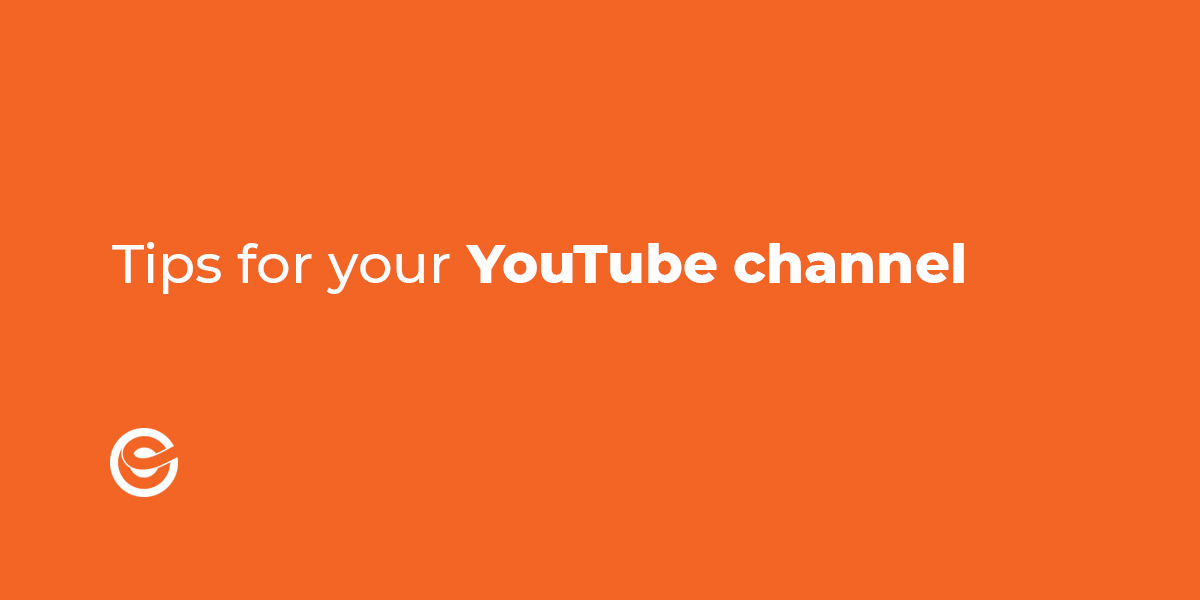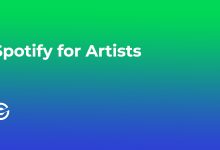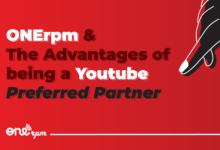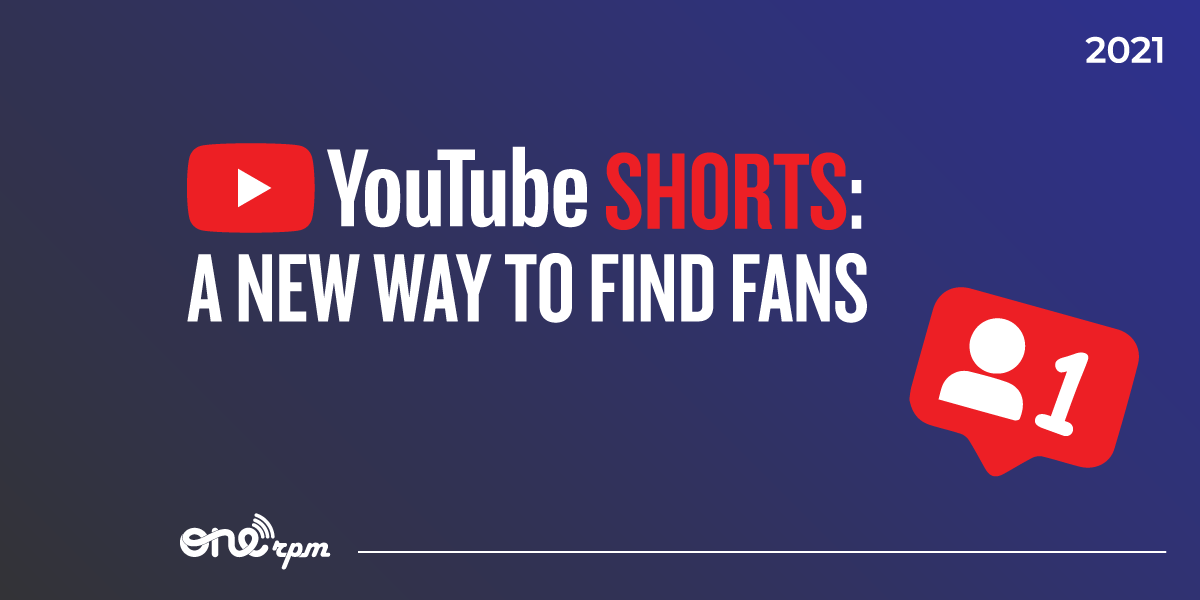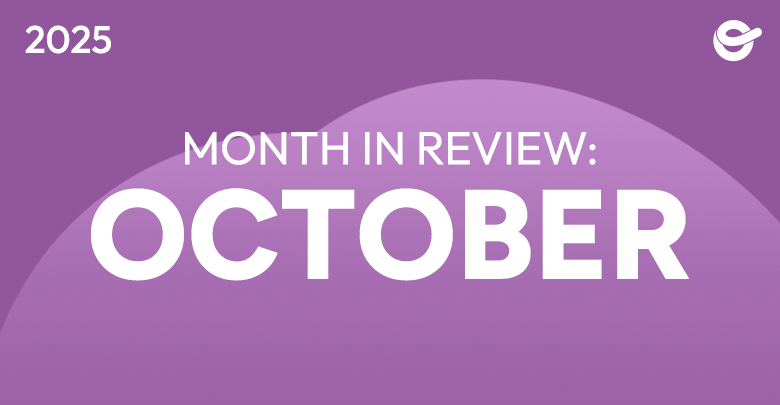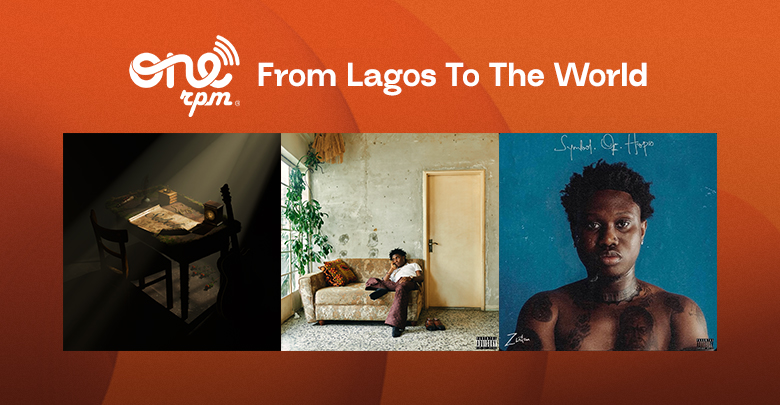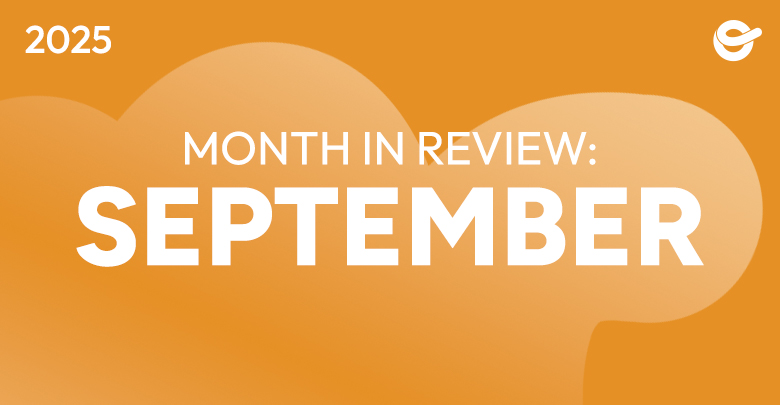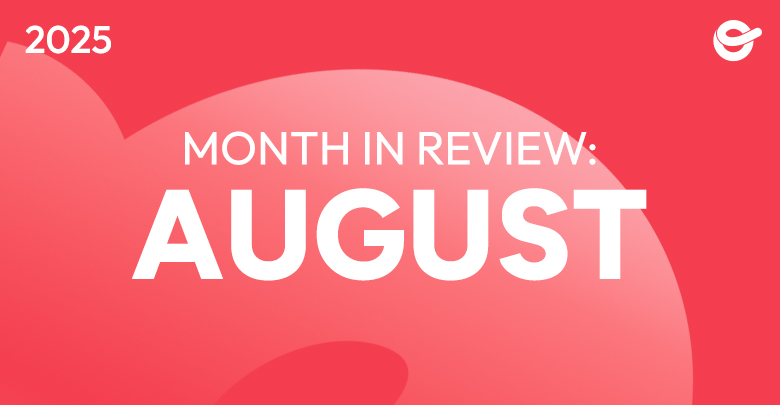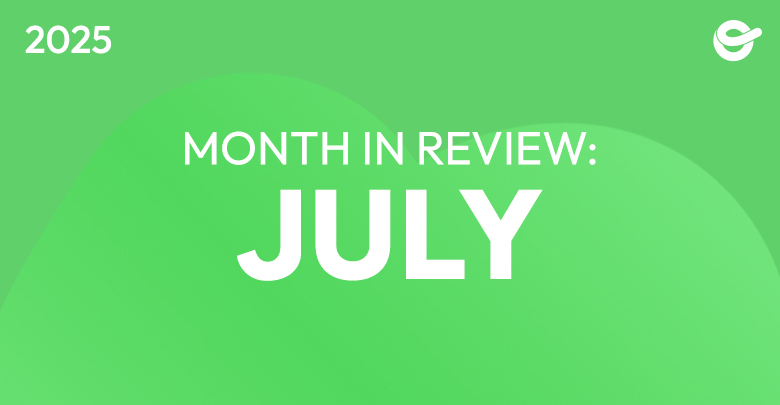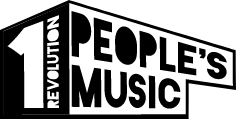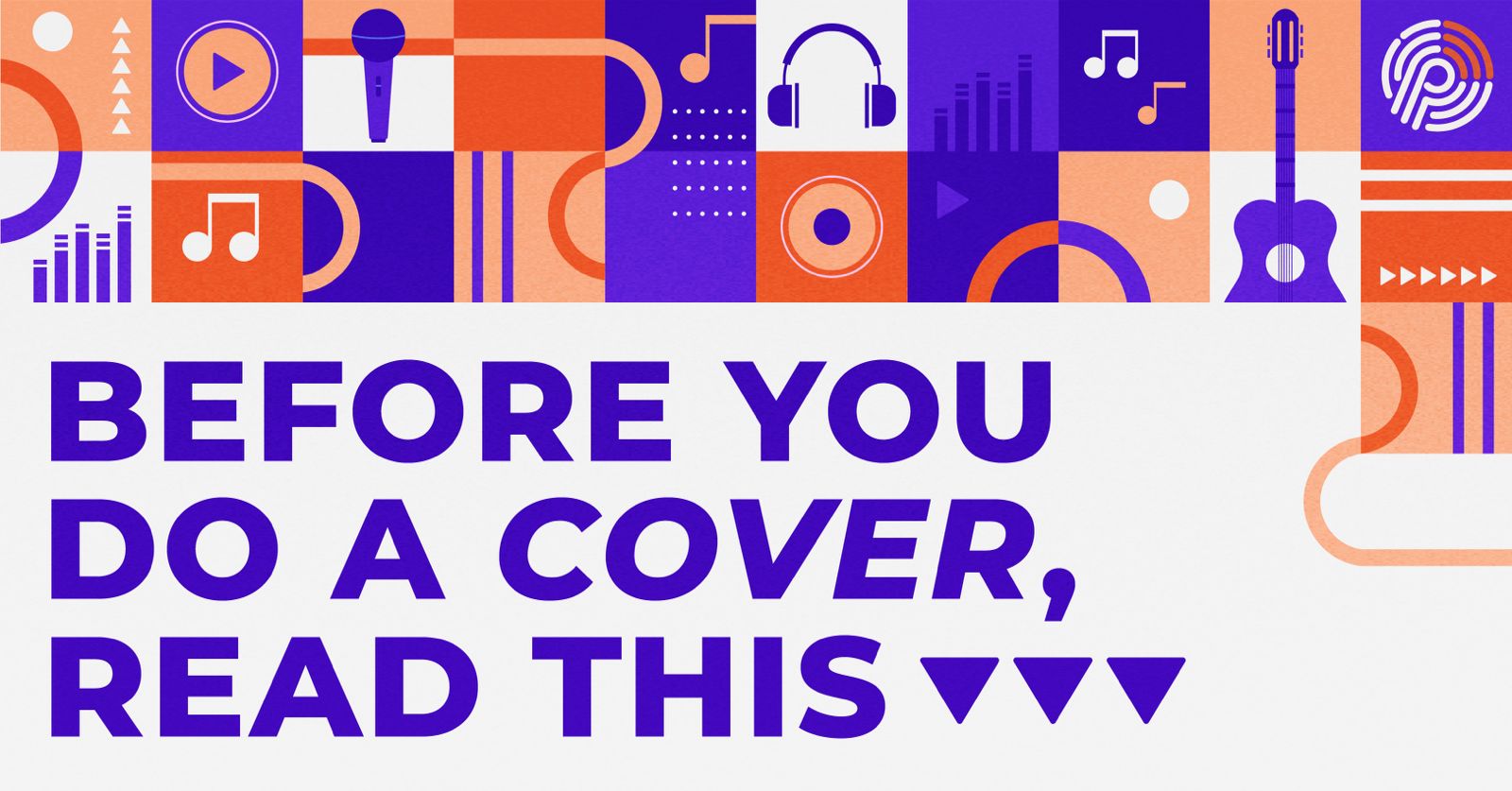
How to Avoid Trouble When Using Someone Else’s Music
In this guide, we’ll walk you through how to properly handle third-party material and protect your work.
In today’s music industry, the creative reuse of third-party material — through covers, samples, loops, or artificial intelligence — is part of the artistic process. However, any use of preexisting content involves third-party rights, and a lack of understanding of these rights can lead to lost income or even legal issues. This guide explains how to navigate these practices effectively and keep your work protected.
1. If you want to record a cover…
A cover is a new interpretation of an already published work, with no changes to its lyrics or melody. It’s commonly used in digital platforms and live performances.
What licenses do you need?
To record and distribute a cover on platforms like Spotify, Apple Music, or Deezer in the U.S., you don’t need to request permission directly, as these platforms handle mechanical licenses through entities like The MLC or collective management organizations in other countries.
However, this only applies to distribution within the United States. To stay safe, you should request a license from the publisher of the original composition to authorize and regulate use in other territories.
If you want to use a cover in a video (e.g., on YouTube) and monetize it, you do need to obtain a sync license directly from the rights holder (the publisher or original copyright owner).
If you plan to modify, translate, or adapt the original work, it’s no longer considered a cover — it’s an adaptation, and you’ll need prior written permission from the publisher or copyright holder.
2. If you want to use a sample
Sampling involves taking a portion of an existing recording and incorporating it into a new work.
You must obtain two permissions:
- From the publisher, for use of the composition.
- From the master owner, usually a record label, for use of the recording.
If you recreate the sampled section yourself (without using the original recording), you’ll only need publishing clearance.
3. Beats and loops from libraries
Production libraries like Splice, Output, or Loopcloud offer royalty-free loops and samples. However, that doesn’t always mean you can register the resulting track as an original work for publishing purposes.
Key precautions:
- Check whether the platform’s license or terms of use allow commercial use, PRO registration, and monetization without restrictions.
- Some libraries prohibit exclusive use or require substantial modification before a work is considered original.
4. Music generated by artificial intelligence (AI)
Tools like Suno, Udio, or Amper Music can generate music, but they raise complex copyright questions.
- If the AI output is trained on protected works, it may contain elements subject to copyright.
- In most cases, AI-generated outputs aren’t eligible for copyright protection unless there’s substantial human input.
- Some platforms provide explicit licenses. Check whether those include reproduction, sync, and publishing rights.
Keep in mind:
According to current copyright law, works created exclusively by machines are not considered protectable or registrable. Also, make sure the platforms you use aren’t trained on unlicensed content — you could be unknowingly using material that violates the rights of other authors.
To learn more about CISAC’s guidelines on artificial intelligence, click here.
Creative reuse can elevate your music — but it also comes with risks if not handled properly. At ONE Publishing, we help you navigate the legal and publishing framework behind each license, protecting your royalties and making sure your music goes further, without roadblocks.
Make the music you imagine. We’ll take care of the rest.


